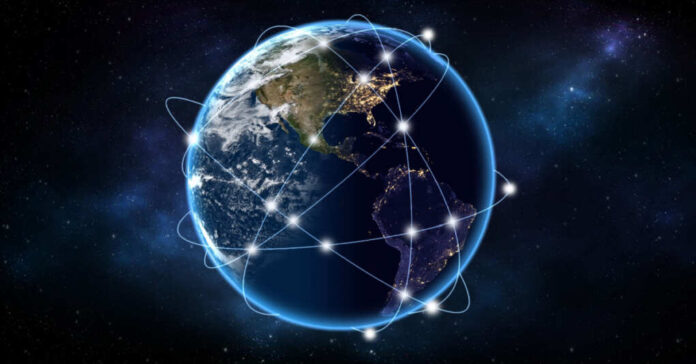
The Internet has become an indispensable tool for communication, commerce, and information sharing as our world becomes increasingly interconnected. However, recent developments have raised serious concerns about the future of our digital realm.
According to a report by NASA, the SolarWinds cyberattack exposed vulnerabilities that could lead to an internet apocalypse. Brace yourselves as we delve into five reasons we may be headed toward a catastrophic internet event.
1. A Breach of Epic Proportions
The SolarWinds cyberattack sent shockwaves through the cybersecurity landscape. This highly sophisticated attack targeted government agencies, corporations, and critical infrastructure, compromising vital systems and stealing sensitive data.
NASA warns that if such breaches become more frequent and destructive, the very foundation of our interconnected world could crumble. The scale of this breach highlights the urgent need for heightened security measures to protect against similar attacks in the future.
2. Threats to Critical Infrastructure
Imagine a world without electricity, running water, or functioning transportation systems. The Internet plays a crucial role in managing and controlling these vital infrastructures. However, as our reliance on interconnected technologies grows, so does the potential for devastating cyber-attacks.
A successful breach targeting critical infrastructure could plunge entire regions into chaos, posing a significant threat to our daily lives. Safeguarding these systems should be a top priority for governments and organizations worldwide.
3. Cascading Effects of Disrupted Supply Chains
In today’s globalized economy, supply chains rely heavily on the smooth functioning of the Internet. Disruptions caused by an internet apocalypse could result in widespread shortages of essential goods and services, triggering panic and economic downturns.
The repercussions could be felt by businesses and individuals alike, highlighting the need for robust cybersecurity measures. It is imperative to fortify supply chains against cyber threats to maintain stability in an increasingly interconnected world.
4. The Rise of State-Sponsored Cyber Warfare
Nation-states increasingly invest in cyber warfare capabilities, turning the internet into a battlefield. These state-sponsored attacks pose significant risks to national security and global stability.
As geopolitical tensions rise, the likelihood of large-scale cyber conflicts escalates, with the internet serving as the primary battleground. The consequences of such conflicts could be far-reaching, disrupting communications, commerce, and governance systems, leading to an internet apocalypse of unprecedented proportions.
5. Growing Cybercriminal Sophistication
Cybercriminals are becoming more sophisticated and innovative in their methods, constantly evolving to exploit vulnerabilities in our interconnected world. With the rise of hacking collectives and black-market cyber tools, the potential for large-scale cyber-attacks is greater than ever before.
These malicious actors seek to wreak havoc on our digital infrastructure, jeopardizing personal data, financial systems, and societal trust. Mitigating this threat requires proactive cybersecurity measures and robust collaboration between governments, organizations, and individuals.
Once hailed as a symbol of progress and connectivity, the internet now faces a daunting future filled with potential apocalyptic scenarios. The SolarWinds cyberattack serves as a wake-up call, reminding us of the vulnerabilities we must address to secure our digital realm.
Governments, corporations, and individuals must take immediate action to fortify our cyber defenses and develop resilience in the face of evolving threats. Failure to do so could have dire consequences for our interconnected world. The time to act is now, for the internet’s fate hangs in the balance.
